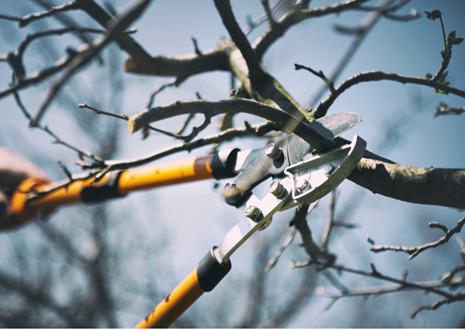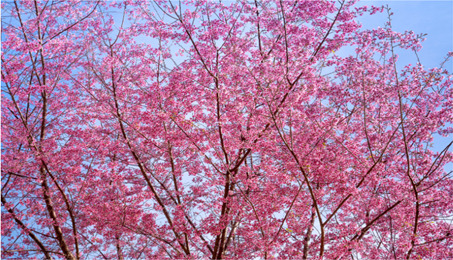
Pruning is an essential part of tree care, and when done correctly, it can promote healthy growth, improve aesthetics, and ensure safety. However, not all trees should be pruned at the same time.
Timing is Key
Tree pruning is a vital aspect of tree care that should be timed carefully to ensure the best results. Each type of tree has its own pruning schedule, with considerations for disease prevention and aesthetic appeal. The majority of trees are pruned from November to March. Whether you’re maintaining deciduous, fruit, flowering, evergreen, or oak trees, following the appropriate pruning timeline is crucial for their well-being.
Late Winter to Spring Pruning: Deciduous Trees
Early spring, just before new growth begins, is an ideal time to prune deciduous trees such as maples, oaks, and birches. Pruning during this period allows you to shape the tree before it becomes too dense, promoting proper branching and structure. Removing dead or damaged branches at this time also helps prevent the spread of diseases as the tree enters its active growing season.
Maples should usually be pruned in the late spring and summer after it has fully leafed. Earlier pruning can cause sap to weep, which could weaken younger trees. Japanese Maples can be structurally pruned in Winter but can be fine pruned in late spring.
Late Winter to Early Spring: Fruit Trees
Fruit trees, like apple and pear trees, benefit from pruning during late winter to early spring, ideally before bud break. This timing encourages healthy fruit production by allowing sunlight to penetrate the canopy, improving air circulation and reducing the risk of diseases like fire blight.

Late Winter to Early Spring: Flowering Trees
Flowering trees, such as cherry and dogwood, should also be pruned during late winter to very early spring. This timing ensures you won’t accidentally remove flower buds, preserving the tree’s beautiful blossoms for the coming season. You can trim away dead or diseased branches to enhance the tree’s overall appearance.
Late Winter to Early Spring: Evergreen Trees
Evergreen trees should usually be pruned in late winter to early spring while dormant. Be cautious not to cut too much, as evergreens may struggle to recover from heavy pruning. Exceptions to this timing might be arborvitae that can handle heavier pruning in spring and early summer. Junipers can also be pruned in later spring if needed.
Late Fall to Early Winter: Oak Trees
Oak trees, in particular, should be pruned during late fall to early winter to minimize the risk of oak wilt disease transmission by sap-feeding beetles. Pruning oak trees during their dormant period helps maintain their health and vitality.
Tree Pruning Times to Avoid
Pruning in the fall is generally not recommended for most tree species because it can harm their health. Fall is when trees prepare for winter dormancy, and pruning during this season can potentially stress the tree and make it more susceptible to diseases and cold damage. However, there are some exceptions and specific situations where fall pruning may be appropriate:
Dead or Hazardous Branches
If you notice dead, damaged, or hazardous branches that pose an immediate danger to people or property, it’s essential to address them promptly, regardless of the season. Safety should always be a top priority.
Remember that proper pruning techniques are equally important as timing. You also want to avoid improper pruning techniques that could harm your trees. For significant pruning or if you’re unsure about the best approach, it’s wise to consult with a professional tree service like Frontier Tree Service.


